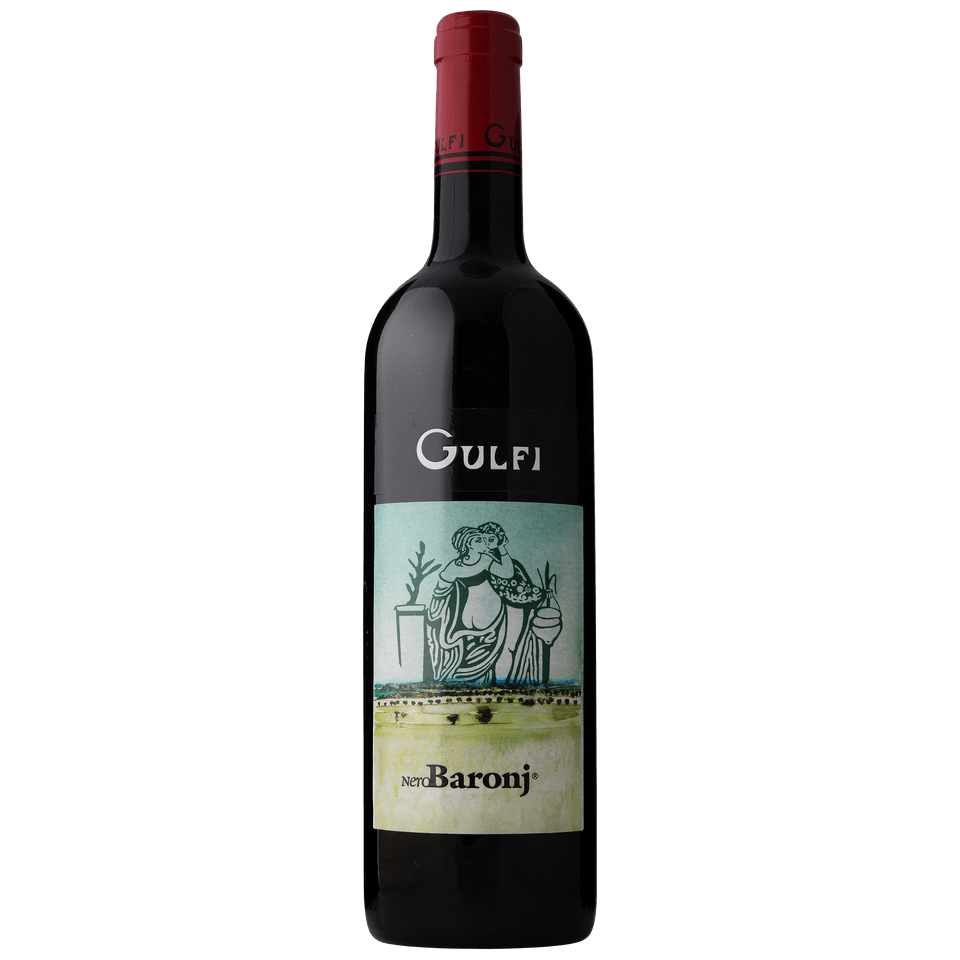Gulfi
Gulfi "NeroBaronj" 2014
Gulfi "NeroBaronj" 2014
Couldn't load pickup availability
750ml
Overview
Gulfi "NeroBaronj" 2014 is a profound expression of Nero d'Avola, sourced from the historic Baronj vineyard in Pachino, Sicily. This single-vineyard wine showcases the depth, elegance, and complexity that Nero d’Avola can achieve in the hands of a dedicated producer. With its combination of intense fruit, refined tannins, and remarkable aging potential, "NeroBaronj" is a benchmark for Sicilian winemaking, reflecting the unique terroir of the Val di Noto.
Vinification and Aging
- Fermentation: Spontaneous fermentation with indigenous yeasts in stainless steel tanks, allowing the varietal character and terroir to shine.
- Aging: Aged for approximately 24 months in a mix of large Slavonian oak casks and French barriques, contributing to its depth and complexity.
- Bottling: Bottled unfiltered with minimal sulfur addition to maintain purity and authenticity.
Tasting Notes
- Appearance: Deep ruby red with garnet hues, indicating its evolution.
- Aroma: Intense and layered, featuring ripe blackberries, plums, and dark cherries, intertwined with notes of leather, tobacco, balsamic herbs, and a touch of cocoa.
- Palate: Full-bodied and structured, with velvety tannins and vibrant acidity balancing the richness of the dark fruit. Hints of black pepper, licorice, and dried Mediterranean herbs add complexity.
- Finish: Long and persistent, with lingering mineral, spice, and earthy undertones.
Food Pairing
"NeroBaronj" pairs beautifully with slow-roasted lamb, grilled ribeye, wild game, and aged Sicilian cheeses such as Ragusano DOP. It also complements rich pasta dishes with meat-based sauces and Mediterranean herbs.
Serving Recommendations
- Serving Temperature: Best served at 18–20°C (64–68°F) to enhance its complexity and depth.
- Decanting: Recommended for at least two hours before serving to allow its full aromatic potential to develop.
Aging Potential
Gulfi "NeroBaronj" 2014 has excellent aging potential, capable of evolving over the next 15–20 years. With time, it will develop more tertiary aromas of dried fruit, truffle, and earthy nuances, enhancing its elegance and depth.
Share


